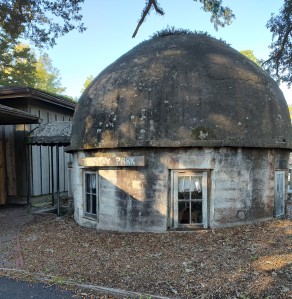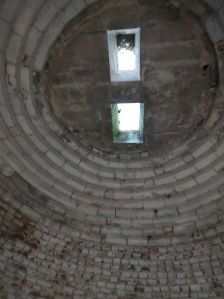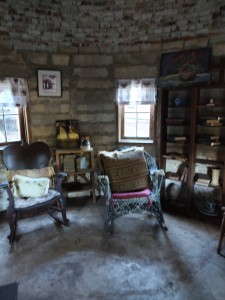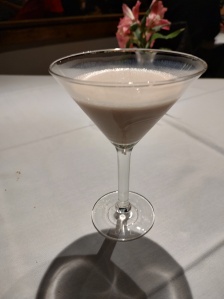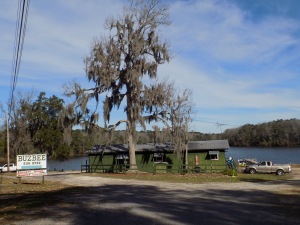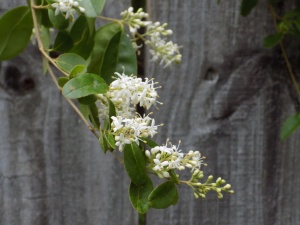 A friend sent a brief message to me last week. It was “a wish for calm.” He knows that I am going through a challenging time as a caregiver and I can think of no better wish than for calm to wash over me and the person I’m assisting. I responded that I perhaps should wish for “stoicism” also.
A friend sent a brief message to me last week. It was “a wish for calm.” He knows that I am going through a challenging time as a caregiver and I can think of no better wish than for calm to wash over me and the person I’m assisting. I responded that I perhaps should wish for “stoicism” also.
In times like these, the day-to-day distractions become ever more dear. Keeping the backyard bird feeders filled has become a veritable obsession that pays off, on occasion, with dozens of birds crowding two feeders, the ground, and a birdbath. Hummingbird feeders hang ready but there have only been a few sightings here in mid-April. Docile mourning doves predominate. When I come out to refresh the feeders, I see the doves sitting in the branches of the trees beyond the fence, watching and softly cooing.
The cardinals seem to prefer to visit in early morning and dusk. Two cardinal couples are around daily, and occasionally others will join in.
Spring happened fast this year. Suddenly, everything was green and lush. There has been no time to work in the flower beds, but perennials have popped up and winter pansies are hanging on until warmer weather settles in for the season. Easter came along faster than the Easter lilies this year. My mother has two patches of Easter lilies that look like they don’t plan to bloom for a while. The winter view down into Oxmoor Valley is now hidden by the curtain of green.
My life-long monitoring of the bird activity was heightened by the months of pandemic. Indeed, my whole endurance of another home-bound time of life was prepared, perhaps, by the pandemic experience. One of the few online sites that I follow is “Diary of a Gen-X Traveler” in which a midwestern couple shares their experiences as European travelers – primarily in Greece and Italy. During the pandemic, they shared adventures hiking and walking around places near their home in Iowa. The freshness of those takes on everyday things made the pandemic posts as interesting to me as the spectacular continental sights that they usually shared.
More recently, I look forward to three weekly posts by Garrison Keillor on his “Garrison Keillor and Friends” website. At eighty going on eighty-one, Keillor seems to be awestruck by his age. He has become assertively cheerful in extolling daily life in Manhattan and in his travels for solo performances across the United States. A proud Democrat, he finds common bonds across party lines and beyond the trivia of the “red state / blue state” dichotomy. His is a fresh wisdom nurtured through years of astute empathy and observation and he never fails to make me smile and sometimes laugh heartily.
My endurance of the news of the day has finally waned and whole days go by without the television being turned on. I keep up, more or less, in magazines and online and try to stave off the existential dread that will dominate the rest of the year. Reading is, as always, my favorite escape and even if I read about troubling things, there is solace in sitting with a book or magazine close at hand.
In addition to calm stoicism, I strive also for “comfort and joy” – a favorite phrase from “God Rest Ye Merry, Gentlemen,” a favorite Christmas song. Really, who could wish for more in their life than to have comfort and joy? Just to be clear, I don’t base my life on upbeat Christmas carol lyrics; another favorite Christmas lyric is Christina Rosetti’s “In the Bleak Midwinter,” which paints a cold and grim picture of the nativity.
Today, the tidings of joy make way for the promise of summer and hope for calm, peace, and justice to come.


